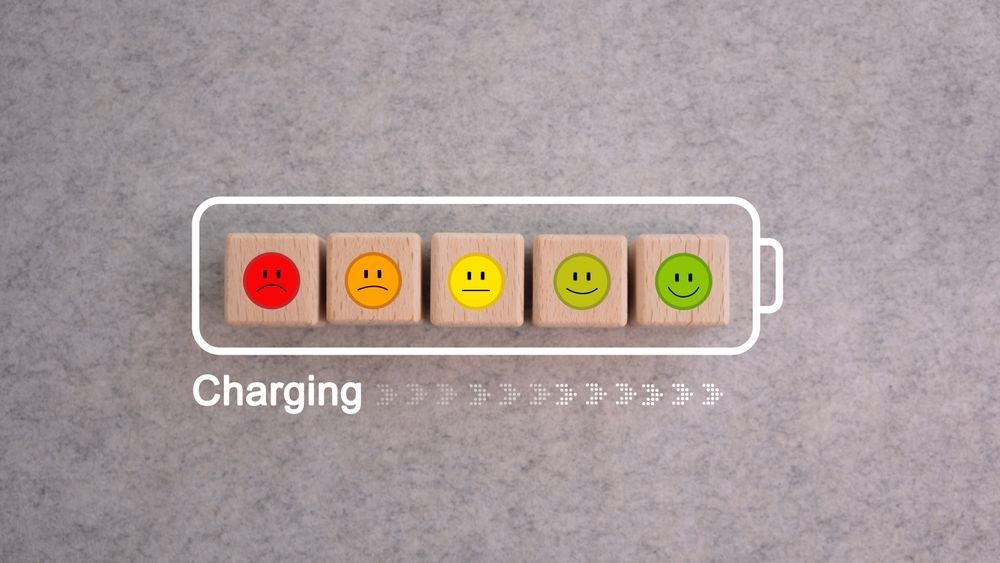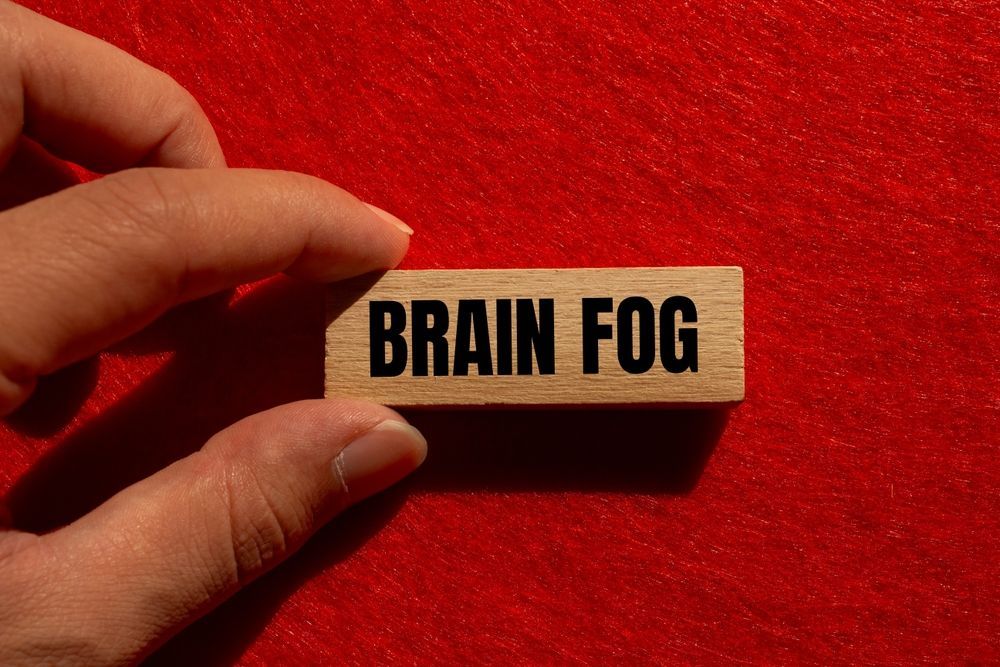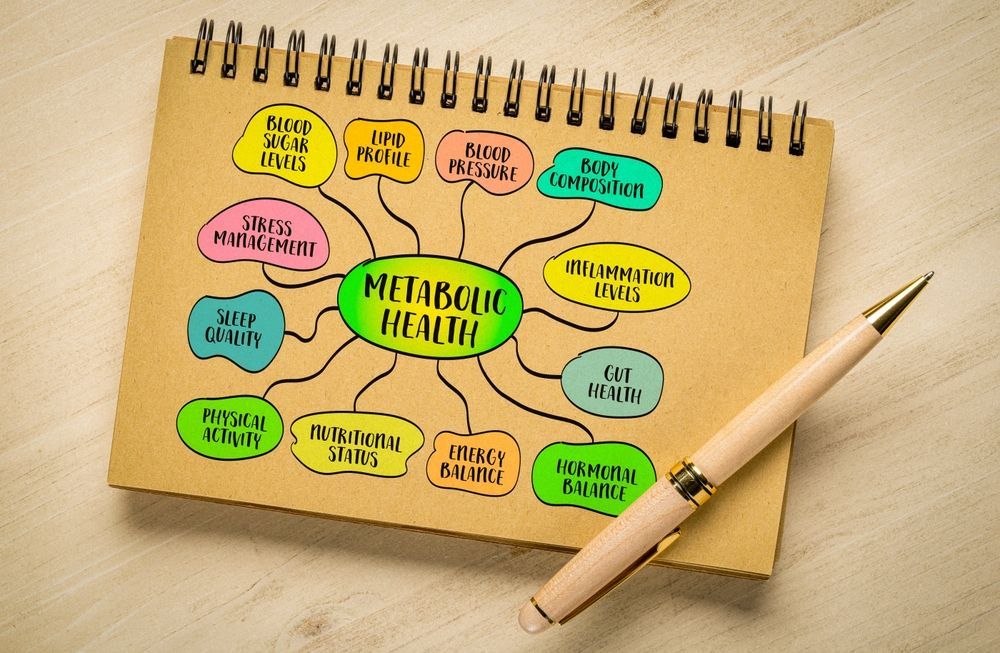How to Use IV Therapy for a Quick Energy Boost

In our fast-paced world, many people are looking for quick and effective ways to boost their energy levels. One method gaining popularity is intravenous (IV) therapy, which delivers fluids, vitamins, and minerals directly into the bloodstream. This article explores how IV therapy can provide a quick energy boost, its benefits, and what to expect during the process.
Understanding IV Therapy
What is IV Therapy?
IV therapy is a medical procedure where fluids and nutrients are administered directly into the bloodstream through a vein. This process allows for rapid absorption of vitamins, minerals, and other essential compounds. Unlike oral supplements, which can take hours or even days to take effect, IV therapy ensures immediate availability of nutrients to the body.
Typically used in medical settings for hydration or nutrient replenishment, IV therapy is now being embraced for wellness purposes. It’s commonly utilized for rehydration, recovery from illness, or simply as a boost for energy levels. Many people are turning to IV therapy as a preventive measure, seeking to enhance their overall health and well-being. Whether it's post-exercise recovery or combating fatigue, the appeal of a quick and effective solution is hard to ignore.
The Science Behind IV Therapy
The effectiveness of IV therapy lies in the principle of bioavailability, which refers to how effectively a substance is absorbed and utilized by the body. Nutrients delivered via IV are introduced directly into the bloodstream, bypassing the digestive system, which can sometimes hinder the absorption of vitamins and minerals.
This method is particularly beneficial for individuals with gastrointestinal issues or those who require high doses of certain nutrients that would be difficult to achieve through oral supplementation. By delivering nutrients intravenously, the body can utilize them more effectively and efficiently. Additionally, the composition of the IV solution can be tailored to meet individual needs, incorporating a blend of vitamins, electrolytes, and even antioxidants. This customization allows healthcare providers to create specific formulations aimed at addressing unique health concerns, from boosting immunity to enhancing skin health.
Moreover, the popularity of IV therapy has led to the emergence of various clinics and wellness centers that offer these treatments in a more relaxed environment, often accompanied by amenities such as comfortable seating and soothing music. This shift from traditional medical settings to wellness-focused spaces reflects a growing trend where self-care and health optimization are prioritized. Clients can enjoy a rejuvenating experience while receiving their treatments, making IV therapy not just a medical intervention but also a holistic approach to health and wellness.
The Connection Between IV Therapy and Energy Boost
How Does IV Therapy Enhance Energy?
One of the primary reasons people seek out IV therapy is its potential to enhance energy levels. IV therapies often include a blend of vitamin B12, B-complex vitamins, and other essential nutrients known to support energy production within the body.
These vitamins play a crucial role in converting food into energy, promoting better metabolism, and ensuring that your body has the resources it needs to maintain vitality. Additionally, hydration is vital for energy; IV therapy can rapidly replenish fluids, combating fatigue and sluggishness.
The Role of Vitamins and Minerals in IV Therapy
The specific composition of IV therapy can vary based on individual needs, but common ingredients that promote energy include:
- Vitamin C: Supports immune function and helps reduce fatigue.
- Magnesium: Important for energy production and muscle function.
- Calcium: Essential for cellular processes and energy transfer.
- Vitamins B1, B2, B3, B5, and B6: Together, these vitamins help convert carbohydrates into glucose, the body's primary energy source.
- Zinc: Plays a role in energy metabolism and supports overall health.
This diverse mixture of vitamins and minerals when administered through IV can lead to significant improvements in energy levels.
Preparing for IV Therapy
Choosing the Right IV Therapy Provider
Before beginning IV therapy, it's essential to choose a reputable provider. Look for licensed medical professionals or clinics that specialize in IV therapy. Check reviews and credentials to ensure you are in capable hands.
Additionally, a thorough consultation is critical. Your provider should assess your health history, dietary habits, and specific energy concerns to create a tailored IV therapy plan that suits your needs.
What to Expect During Your First Session
Your first IV therapy session may feel a bit intimidating, but understanding the process can alleviate any anxiety. Typically, you will be seated in a comfortable recliner or chair. A qualified professional will insert a small needle into your arm to administer the IV.
During the session, you may experience a sensation of warmth as the fluids enter your bloodstream. The session usually lasts between 30 minutes to an hour. Many clinics provide a relaxing atmosphere, with options to watch movies or listen to music while you undergo treatment.
The Process of IV Therapy
Step-by-Step Guide to IV Therapy
- Consultation: Discuss your health history and energy goals with your provider.
- Preparation: Choose the right IV formula based on your needs.
- Insertion: A nurse or technician will insert the IV into a vein.
- Infusion: Nutrients will be infused over a set period.
- Post-Treatment: Monitor how you feel and follow any aftercare instructions.
After the treatment, many people report feeling rejuvenated and more energetic.
Post-IV Therapy Care and Maintenance
After your IV therapy session, staying hydrated is crucial. Continue to drink plenty of fluids and consider maintaining a balanced diet rich in vitamins and minerals to enhance the effects of the IV therapy.
Avoid strenuous activities immediately afterward to allow your body to recover and absorb the nutrients effectively. You may also want to monitor how you feel over the next days and keep in touch with your provider to assess the impact of the therapy.
Safety and Risks of IV Therapy
Potential Side Effects of IV Therapy
While IV therapy is generally considered safe, there are potential side effects. Some individuals may experience:
- Bruising or discomfort at the injection site
- Allergic reactions to specific vitamins or minerals
- Headaches or dizziness
- Fluid overload in rare cases
It's vital to communicate with your healthcare provider about any discomfort or unusual symptoms following your treatment.
Who Should Avoid IV Therapy?
IV therapy may not be suitable for everyone. Individuals with certain health conditions, such as heart or kidney problems, should consult their doctors before considering this treatment. Pregnant women or those breastfeeding should also seek medical advice.
Furthermore, those with allergies to specific components in IV solutions should avoid therapies containing those allergens. Always disclose your full medical history to ensure safety.
In conclusion, IV therapy can be an effective option for a quick energy boost when done safely and responsibly. By understanding the process and preparing properly, you can maximize the benefits of this treatment and enhance your overall energy levels.










